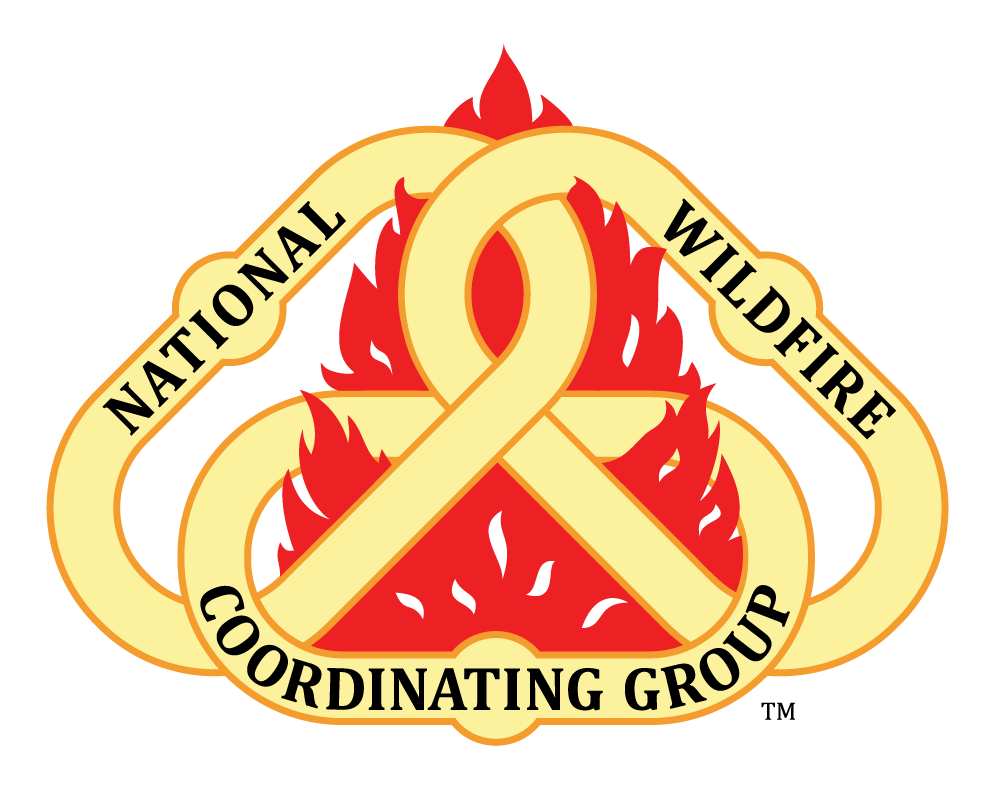The NWCG was established in 1976 to provide national leadership to enable interoperable wildland fire operations among federal, state, local, Tribal and territorial partners.
The NWCG Executive Board is comprised of appointed representatives from each of the 12 member entities:
The Executive Board provides leadership, strategic direction and managerial oversight of all aspects of NWCG management and operations. The Executive Board works in a collective, collaborative and consensus-seeking manner to accomplish the NWCG mission. NWCG develops the interagency standards that are core to implementing its mission, which the member agencies then choose to implement through their own directive systems. Examples of these standards range from protective equipment to training to the symbols on fire maps.
NWCG accomplishes its mission using a system of committees and subcommittees/subgroups. There are currently 17 committees and 82 subcommittees/subgroups. Over 1,100 committee and subcommittee members represent their agencies and provide subject matter expertise to support interoperable wildland fire response across the nation. Member participation is voluntary and a collateral duty.
These committees work to establish standards and guide publications to steward their assigned incident positions qualifications and associated training and to provide subject matter expertise in their fields to the executive board. NWCG currently maintains 106 publications, 132 incident position qualifications and 106 courses.
Although agency membership has evolved, the primary mission remains largely unchanged. NWCG continues to provide leadership for a seamless response to wildland fire across the nation.









